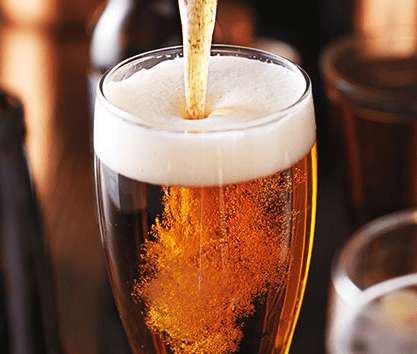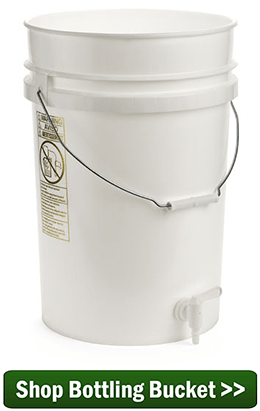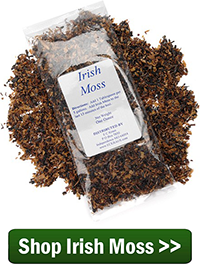 Professional brewers often filter their beers to make them clearer, but homebrewers can also achieve clarity without a filter. Enter: beer finings.
Professional brewers often filter their beers to make them clearer, but homebrewers can also achieve clarity without a filter. Enter: beer finings.
Using finings in beer will give it a brilliantly clear appearance. While clarity may not affect a drinker’s perception of aroma or flavor, appearance makes a key first impression when evaluating your homebrew.
Home brew beer finings work by electromagnetically attaching themselves to some of the materials which cause haze: protein, yeast, tannins. Sounds pretty science-y, I know, but you don’t need a Ph. D. to make clear beer! Here’s some basic instructions on using homebrew fining agents.
When considering different beer finings, there are two types: kettle finings and finings added to the fermenter. Both types may be used in combination within the same brew, but you may find that one or the other is adequate for your needs. Using three different finings in your beer is probably not necessary.
Type of Beer Fining Agents
- Irish Moss – One of the most common beer finings for homebrewers, Irish moss is a type of seaweed that contains something called carrageenan. It works by aiding in protein coagulation, helping protein settle out during the cold break (i.e. when wort is chilled). When using Irish moss as a fining in beer, the more quickly you can chill your wort, the more effectively the protein will settle out of suspension.
- Isinglass – Isinglass has been used in the brewing industry for hundreds of years. It’s a collagen derived from the swim bladders of fish. Being positively charged, it attaches to negatively charged yeast and other particulates and helps them to settle out more quickly. Use isinglass at least 24 hours prior to bottling your homebrew.

- Gelatin – Similar to Isinglass, gelatin is a beer fining derived from animal collagen. It works by attaching to negatively charged yeast and protein, thereby increasing the size of the particle and helping it to settle out.
Since Irish moss is negatively charged and the collagen finings are positively charged, you may find that using them both produces good results. When using finings in beer, be sure to follow the instructions on the package and mix the fining agent appropriately. There’s no need to use more than is recommended by the manufacturer.
Other Tools for Clarification
If using finings in beer is something you are hesitant to do, you can still clear your beer with other methods:
- Time – Given enough time, any particulate that’s more dense than beer will settle out eventually. Consider lengthening your secondary fermentation period to improve clarity. Time can often clear a beer just a well as any beer fining.
- Temperature – Cold temperature helps protein and tannin particulate settle out. As little as a day of refrigeration can make a big difference in clarity.

- Filtration – If you’re in a rush, you can certainly save time by filtering your homebrew beer. These systems are not inexpensive, and you may need a draft system to push the beer through the filter.
Remember that some beers are supposed to be cloudy, in particular, hefeweizens and witbiers. You may wish to omit using finings in such beers. But for your pale ales, porters, and lagers, a bit of home brew beer finings may be just what you need for a crystal clear brew!
—–
David Ackley is a beer writer, brewer, and self-described “craft beer crusader.” He holds a General Certificate in Brewing from the Institute of Brewing and Distilling and is founder and editor of the Local Beer Blog.
